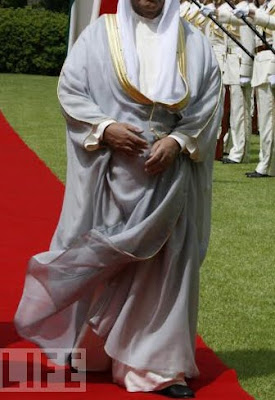by Kasha Cabato

Jacques Dequeker
The 20th and 21st centuries have been an age of immense technological advancement. Electricity only has become widely available in the Western world in the early 1900s, which resulted in the introduction of televisions in the 1950s, cassette tapes in the 1960s, the VCR in the 1970s, the personal computer in the 1980s, and cell phones and public-use Internet in the 1990s. As of December 31, 2009 there are 1,802,330,457 people worldwide who are connected to the internet, which is growing at a rate of 11% per year. Due to technology travel, information, and communication have become much more available to the masses, which represents a strong and advanced society. Technology can also be seen as a form of control and order in an otherwise uncertain world. Because of society’s fascination with technology, fashion has made reference to the future and visually displays of new technologies.
Molded forms left and pixilated print right
Visible technology has made its way into high fashion and media, but this style is can also be found in street fashion with the use of molded forms, geometric shapes, metallic fabrics, pixilated prints, and headphones. Silhouettes that incorporates molded forms look futuristic because they defy the way the body is naturally, therefore evoking connotations of man’s control over nature. Through the use of geometric shapes, connotations of man’s control over nature is also referenced, this way in the form of mathematics and science. Pixilated prints are a direct reference to computer technology and digital images. With the mass popularization of iPods came the popularization of large headphones in stylized designs and colors rather than small minimalist earbuds. Rather than removing them after usage, men and woman seem to be leaving them around their neck as a kind of accessory. These items also directly reference technology through computers and digital music.

Tron Legacy, 2010
View the work of designer Hussein Chalayan here.





































